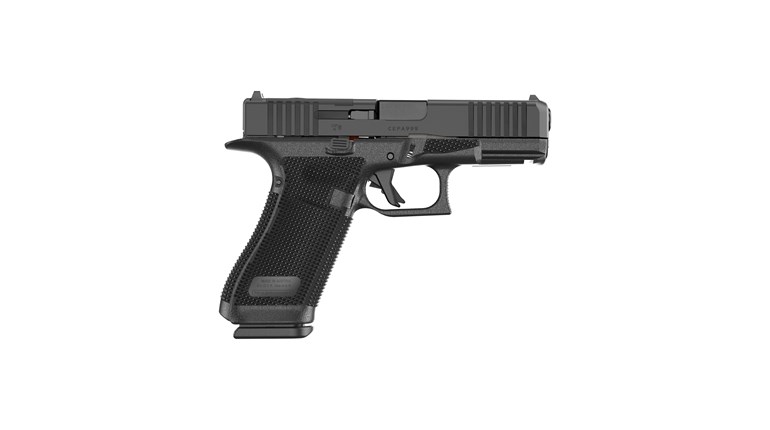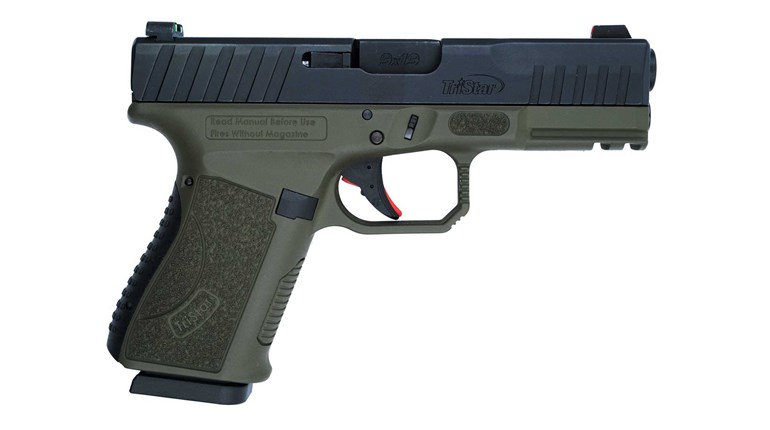
There’s an easy case to be made that any activity that has been going on for a quarter-century—and grown in 22 of those 25 years—must be doing something right. In this particular case, there are quite a few “somethings,” we think, and it sure helps that each and every one arrives in unimpeachable Second Amendment style. Ergo, Happy 25th, Glock Sport Shooting Foundation!

As you likely recall, we’re big fans of competition in general, whatever your fondness for firearms—short, long or scatter. There are lots of reasons for this, too, but the principle duo is easy. First, you really will meet remarkably diverse and interesting people at the range. Indeed, few activities—to say nothing of constitutional exercises—can claim remotely the breadth of our appeal and participation. In more practical terms, competition also teaches safe handling with some stress in the mix: muzzle and trigger control, of course, but also how to make an effective shot when you must, and not merely when you wish.
GSSF-style competition has both these benefits. A combination of simple equipment—the newest newbie can easily get by with what came with his or her pistol in the box, an extra magazine (four total) and some ammo—with stages more challenging than you might think gets shooters of all levels fired up. Some competitors may still back their gear-laden trucks up to each stage, but they certainly don’t need to: In the end, it’s paced, quality hits that matter.
One thing you know for sure is that every contestant will be shooting a Glock of some type. While your 1911 (or SIG, FN, Colt, CZ or S&W … you get the idea) may be a superb pistol, it has to stay at home on GSSF days. That’s what the “G” is for—Glock pistols only. That said, there are still eight divisions that allow you to compete with nearly every Glock model, and only against shooters using comparable models. The one exception is “Unlimited”: Here, gussy up your favorite Glock with whatever and go to work (red-dot sights, compensated models, etc.).

As you get dialed into the GSSF regimen, another big benefit appears—the ability to shoot in more than one division in the same match. A single entry will require a minimum of 81 shots, but multiple division shooters can consume upwards of 600 rounds—a full day by any standard. A ladies-only side match constitutes an arguable ninth division, and offers its own cash prize.
GSSF matches also feature set stages. Don’t misunderstand here: Disciplines like IDPA also teach great firearm skills with their decision-oriented, think-on-your-feet, always changing stages. But for many shooters this is a bit like drinking from a fire hose. Really solid basics quite frequently can’t be developed in tandem with stage breakdown skills. While the two abilities should decidedly “meet” in the long run, good mechanics—if only for safety reasons—need to be in place first.
In this crucial sense, GSSF may provide the best balance of any venue. With shots ranging from five to 25 yards, and completely “doable” eight-inch bull’s-eyes (the A and B zones on an NRA “Tombstone”), it nevertheless punishes inaccuracy with penalties that will eat pedal-to-metal, make-up maniacs alive. (See the base stages here, here and here.) Here’s a bit of advice: Don’t get another shooter’s cadence in your head. Shoot your match and you’ll often be pleasantly surprised by the result.

Another “best of” attribute for GSSF competition is the awarding of consequential prizes. While there are subtleties to the different divisions and a concerted effort to “share the wealth,” match participants have a remarkably good chance of walking away with some goody, up to and including Glock pistol certificates. In concert with a background check from select local dealers, Glock awards pistols as both performance and random prizes at every GSSF match. Another benefit sneaks in here as well: When you sign up for a match, part of that first registration is joining GSSF. In every subsequent year that you sign up, you’ll get the opportunity to add a Glock to your stable at a substantially reduced cost.
The future certainly looks bright for GSSF. In 2014, the first match held outside the USA (in Montevideo, Uruguay) since 1995 took place, and total entries are looking like they’ll top 30,000 in 2016. As they edge up on a quarter-million match transits, maybe it’s time to toss your hat in this outstanding ring.
We’ll hope to see you at a match, exercising your freedom.

































